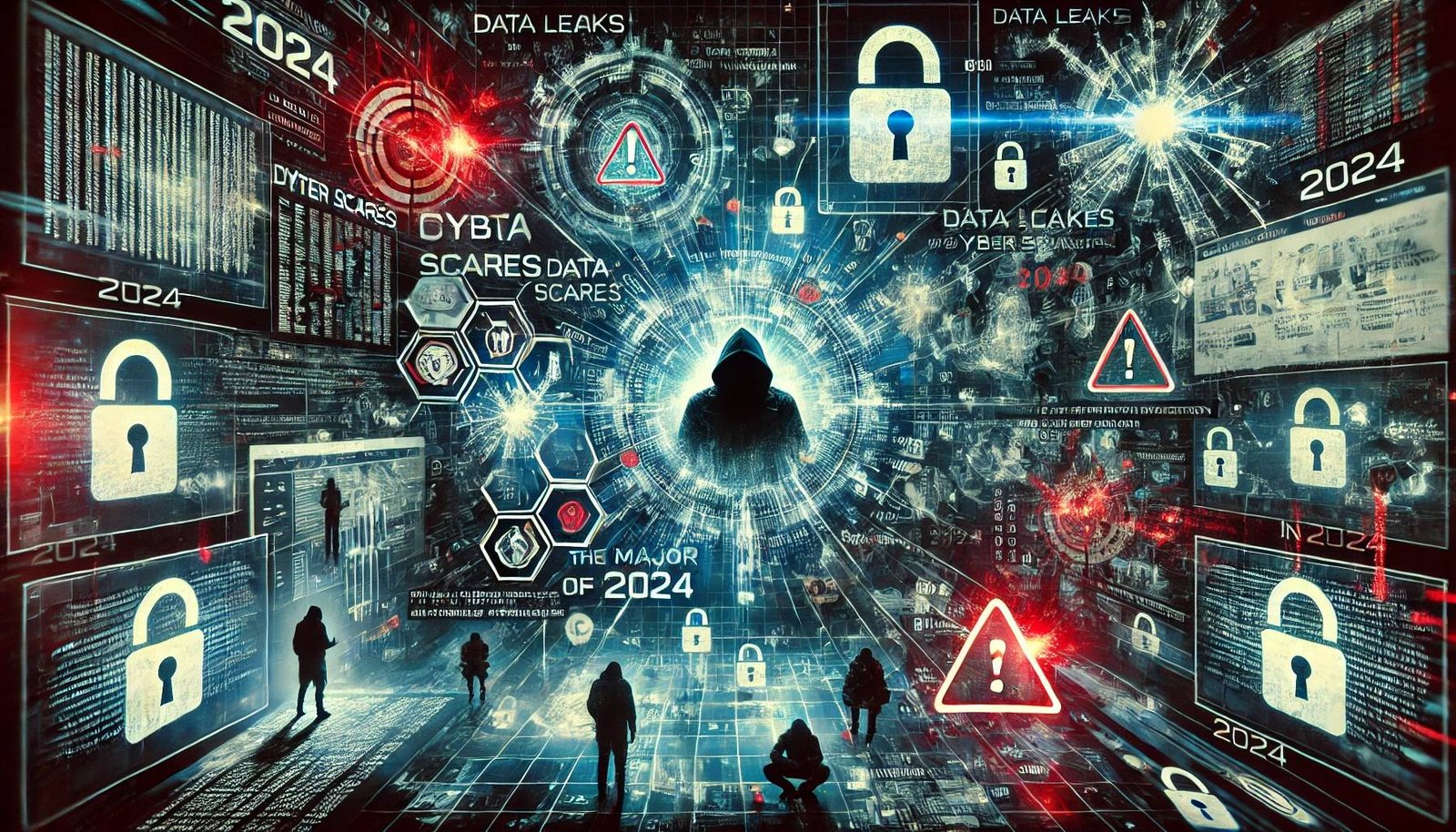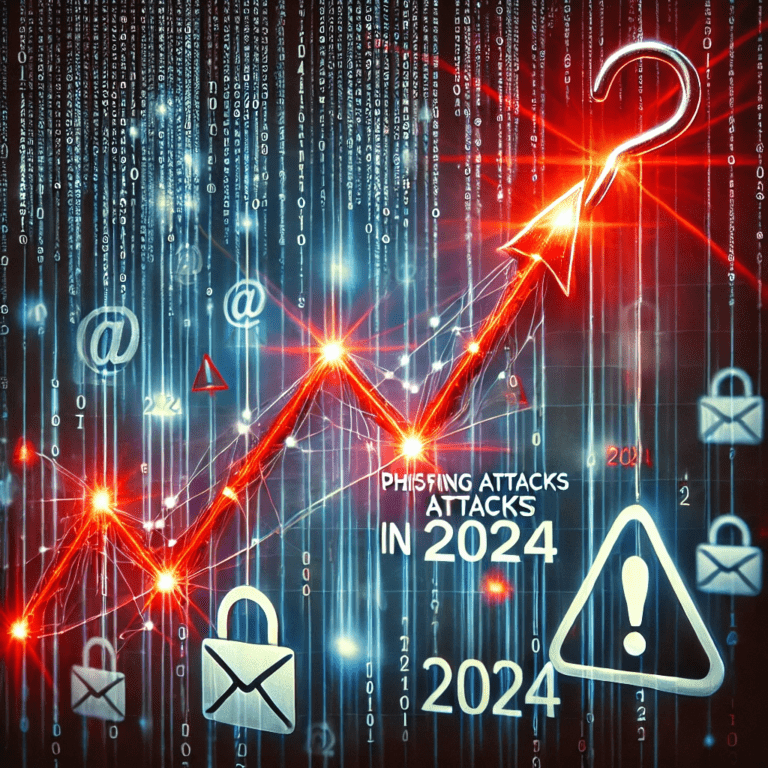A Look at the Biggest Cyber Scares of 2024
Join our weekly newsletters for the latest updates and exclusive content on industry-leading AI, InfoSec, Technology, Psychology, and Literature coverage. Learn More
Introduction
The year 2024 served as a stark reminder of how sophisticated and disruptive cyberattacks have become. From crippling healthcare systems to exposing sensitive government communications, cybercriminals have demonstrated their ability to inflict real-world chaos on industries, governments, and individuals alike.
Here’s a look at the biggest cyber scares of 2024, their impact, and the lessons we must take into 2025 to build a more secure digital future.
1. Change Healthcare Attack: Chaos Across US Medical Facilities
In February 2024, Change Healthcare, a critical provider of payment technologies for the healthcare industry, suffered a ransomware attack attributed to the ALPHV/BlackCat ransomware group.
Impact:
- Operational Disruption: Electronic payments, medical claims, and drug prescriptions were halted across US medical facilities.
- Data Breach: Sensitive patient information, including financial and identification data, was stolen.
- Ransom Payment: UnitedHealth Group paid $22 million to recover the stolen data.
The financial fallout was immense, with UnitedHealth reporting $2.9 billion in losses by year-end. The breach underscored the vulnerability of critical healthcare infrastructure to ransomware attacks.
2. XZ Utils Backdoor Attempt: A Narrow Escape for Open Source
In March 2024, the open-source community narrowly avoided a catastrophic supply chain attack. A backdoor planted in XZ Utils, a widely used data compression tool, was discovered just in time.
Details:
- The backdoor, inserted by a malicious contributor, could have enabled attackers to execute arbitrary code on Linux systems running popular distributions like Fedora, Ubuntu, and Debian.
- The incident highlighted the dangers of relying on under-resourced open-source projects and the importance of rigorous code audits.
Had the backdoor gone undetected, it might have rivaled the infamous SolarWinds attack in scope and impact.
3. Snowflake Data Breaches: Major Firms Targeted
In April 2024, Shiny Hunters, a notorious threat actor, exploited vulnerable Snowflake cloud database accounts to launch a series of high-profile data breaches.
Key Breaches:
- Ticketmaster: 560 million customer records stolen, including names, addresses, and partial credit card information.
- Santander: 30 million customer bank details and HR information compromised, including 28 million credit card numbers.
Snowflake denied platform vulnerabilities, attributing the breaches to weak account security and the lack of multi-factor authentication. This incident underscored the importance of securing cloud platforms and credentials.
4. TfL Payment System Attack: A Teenager’s Digital Mayhem
In September 2024, Transport for London (TfL) faced a sophisticated cyberattack that disrupted its online payment system.
Impact:
- Service Disruptions: Oyster card and contactless payments were disabled, and refunds for incomplete journeys were delayed.
- Data Breach: Bank data of 5,000 customers and employee passwords were exposed.
- Financial Cost: TfL incurred losses exceeding $38 million, including costs for incident response and cybersecurity upgrades.
The National Crime Agency (NCA) later arrested a 17-year-old hacker, demonstrating that even relatively young attackers can execute complex cyber campaigns.
5. Salt Typhoon Telecom Hack: PRC-Linked Espionage
In late 2024, Salt Typhoon, a threat group linked to the People’s Republic of China (PRC), infiltrated US telecommunications networks.
Details:
- The group accessed systems used for court-authorized wiretapping, compromising high-level government communications.
- The attack included espionage targeting senior US political figures, prompting warnings from the FBI and CISA to use encrypted communication methods.
This breach highlighted the persistent threat posed by state-sponsored cyber actors to critical infrastructure and national security.
Analysis of 2024 Cyber Trends
Several themes emerged from this year’s cyber scares:
- Critical Infrastructure at Risk: Attacks increasingly targeted healthcare, telecom, and transport sectors, causing widespread disruption.
- Supply Chain Vulnerabilities: Incidents like the XZ Utils backdoor emphasized the need for better oversight of third-party software.
- Cloud Security Challenges: Breaches involving Snowflake accounts highlighted the risks of inadequate account protections in cloud environments.
Lessons Learned from 2024 Cyber Scares
To mitigate future threats, organizations and individuals must adopt the following practices:
- Implement Multi-Factor Authentication (MFA): Protect accounts from credential-stuffing attacks.
- Enhance Supply Chain Security: Conduct rigorous audits of third-party software and dependencies.
- Monitor Cloud Environments: Employ advanced tools to detect unauthorized access and misconfigurations.
- Invest in Cyber Awareness: Educate employees and users about recognizing phishing attempts and securing sensitive data.
Looking Ahead: Cybersecurity in 2025
As cybercriminals continue to evolve their tactics, 2025 will likely bring new challenges. Key areas of focus include:
- AI-Driven Threats: The increasing use of AI in cyberattacks demands equally advanced defenses.
- Global Collaboration: Governments and organizations must work together to share intelligence and improve resilience.
- Legacy Infrastructure Replacement: Modernizing outdated systems will be critical to reducing vulnerabilities.
Conclusion
The cyber scares of 2024 serve as a wake-up call for the global community. From ransomware to supply chain compromises, the year demonstrated the urgent need for proactive defense measures and international cooperation.
As we move into 2025, lessons from these incidents must inform our strategies to ensure a safer and more secure digital future.
FAQs
1. What were the most significant breaches in 2024?
Notable incidents included the Change Healthcare ransomware attack, the XZ Utils backdoor attempt, and the Salt Typhoon telecom hack.
2. How can organizations prevent ransomware attacks?
By implementing MFA, regular patching, offline backups, and employee training to recognize phishing emails.
3. What is the importance of supply chain security?
Supply chain vulnerabilities, like the XZ Utils incident, can compromise entire ecosystems if not properly managed.
4. What steps can individuals take to protect themselves?
Use strong, unique passwords, enable MFA, and avoid clicking on suspicious links or downloading unknown files.
5. How can governments improve cybersecurity?
By investing in critical infrastructure protection, modernizing legacy systems, and fostering international collaboration.
6. What are the top trends to watch in 2025?
Expect an increase in AI-driven threats, continued targeting of critical infrastructure, and a growing focus on supply chain security.
Discover more at InnoVirtuoso.com
I would love some feedback on my writing so if you have any, please don’t hesitate to leave a comment around here or in any platforms that is convenient for you.
For more on tech and other topics, explore InnoVirtuoso.com anytime. Subscribe to my newsletter and join our growing community—we’ll create something magical together. I promise, it’ll never be boring! 🙂
Stay updated with the latest news—subscribe to our newsletter today!
Thank you all—wishing you an amazing day ahead!







